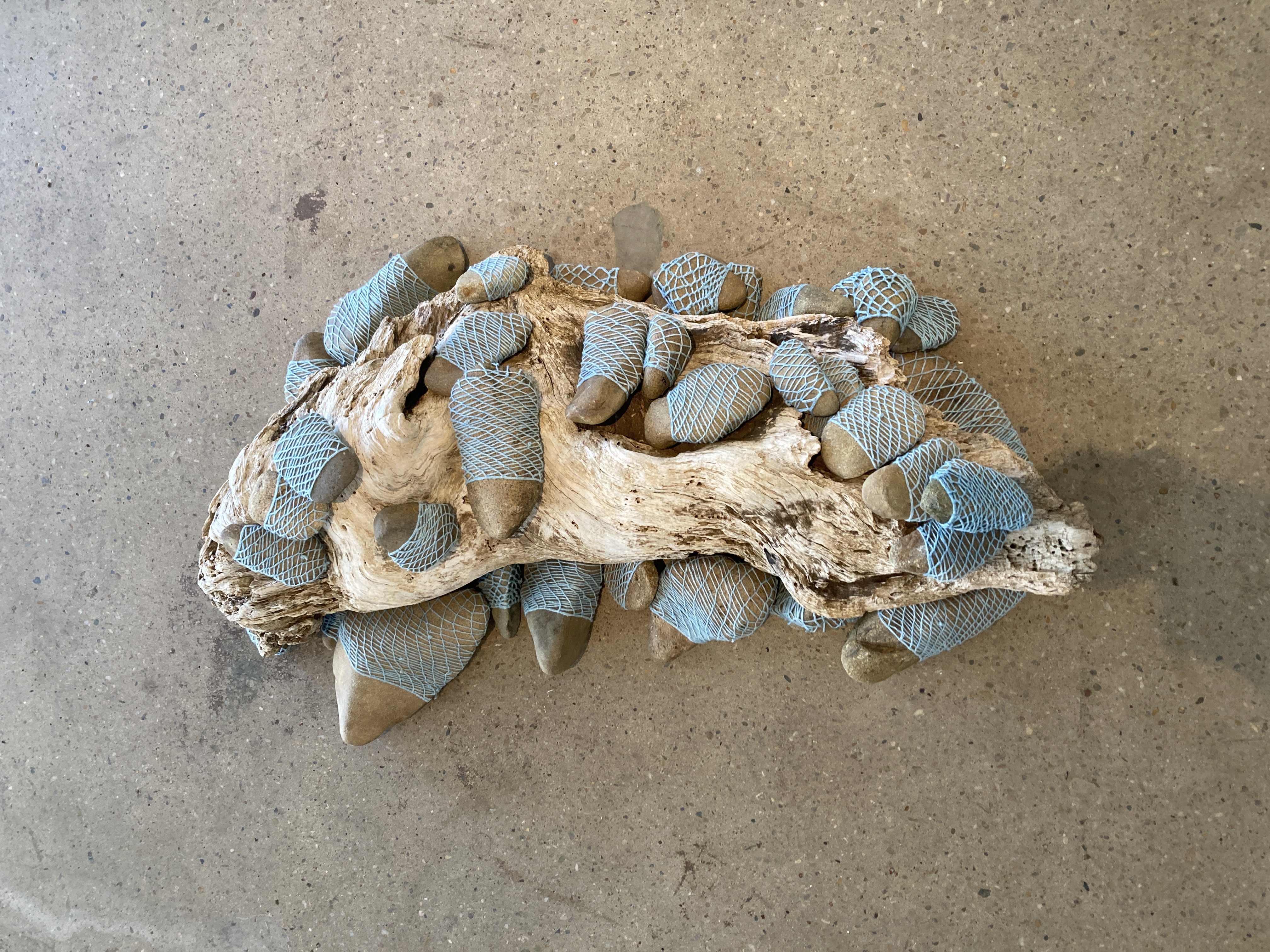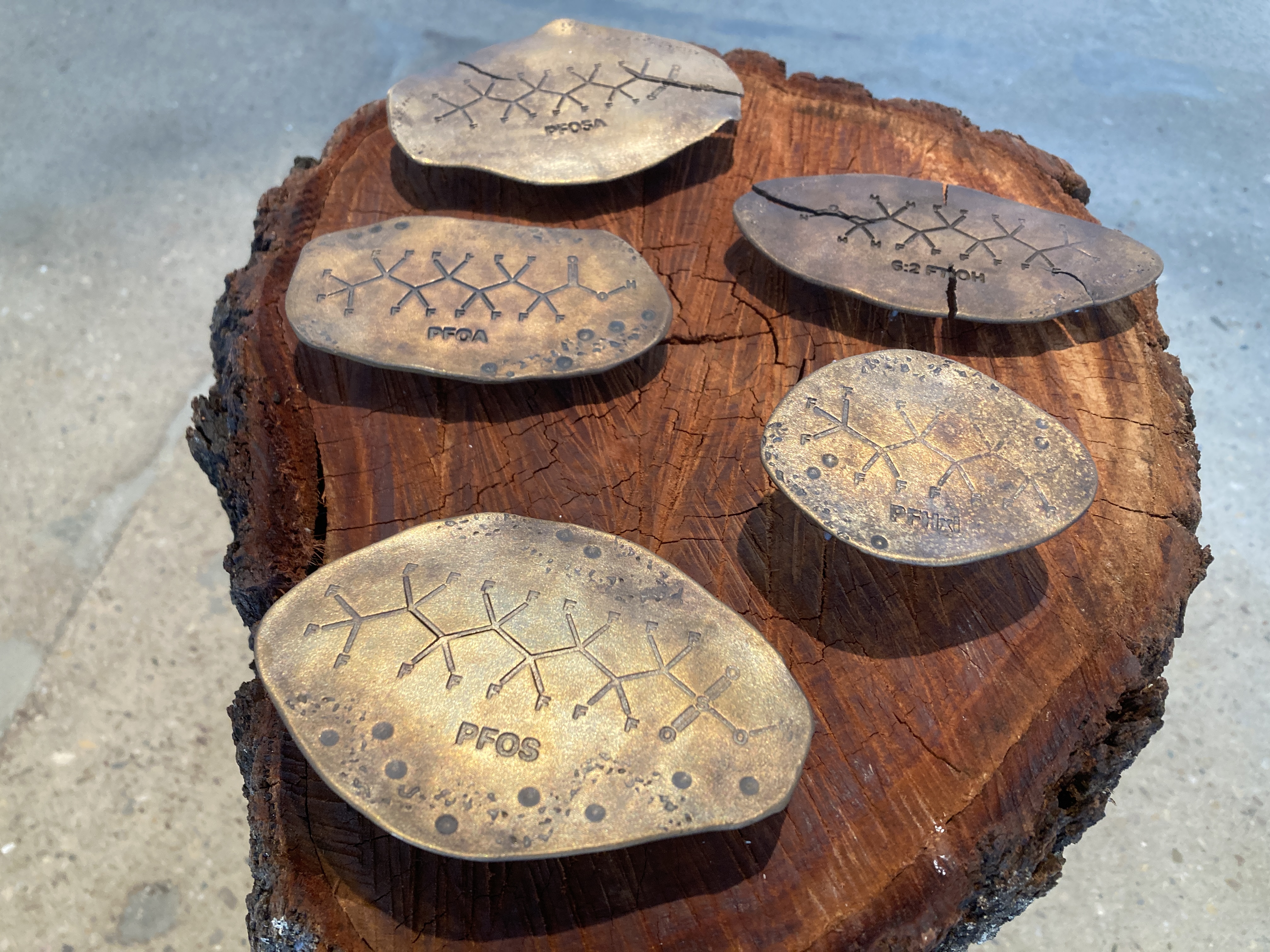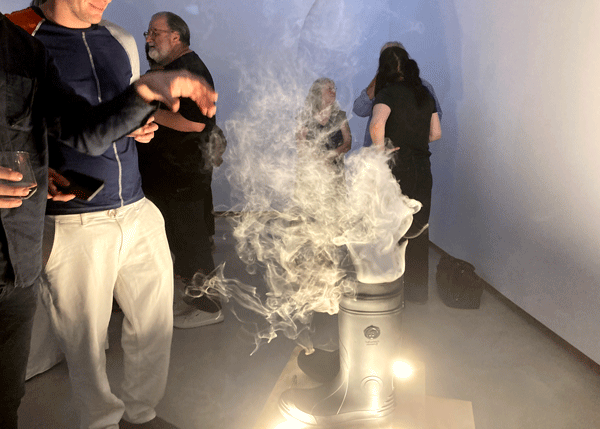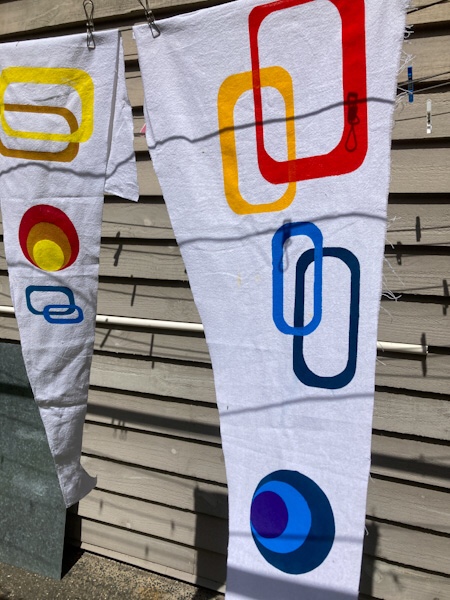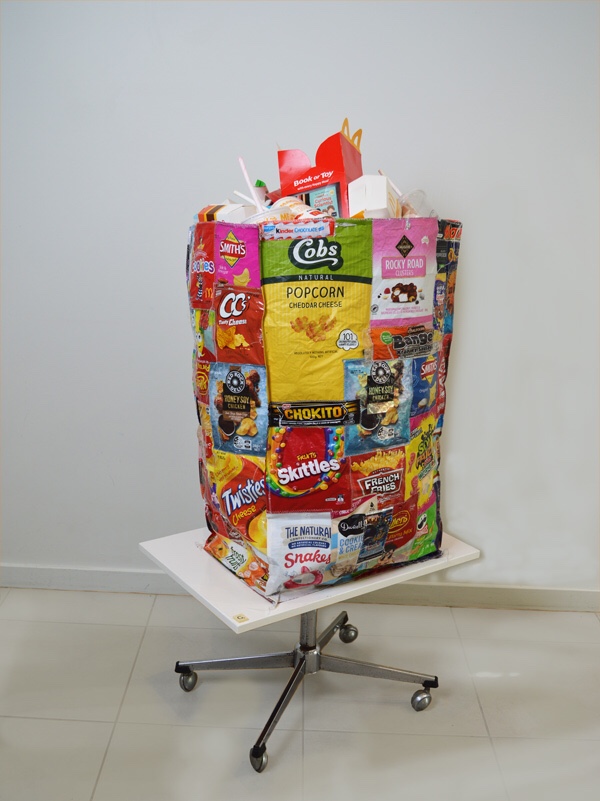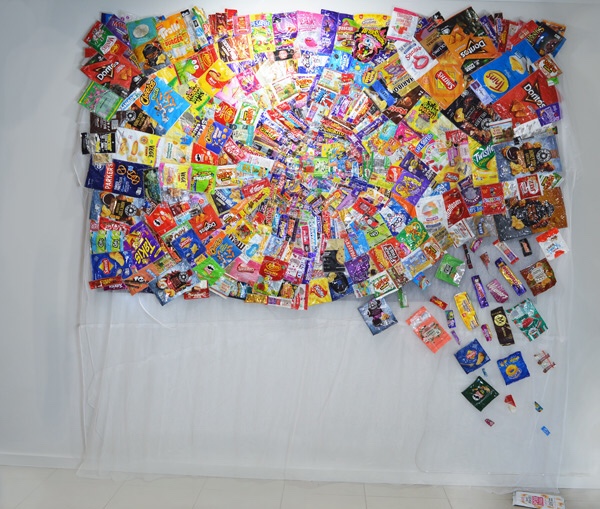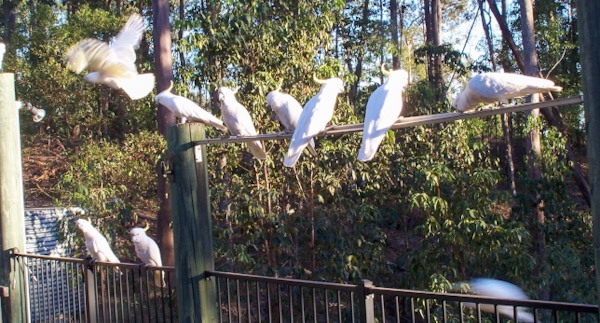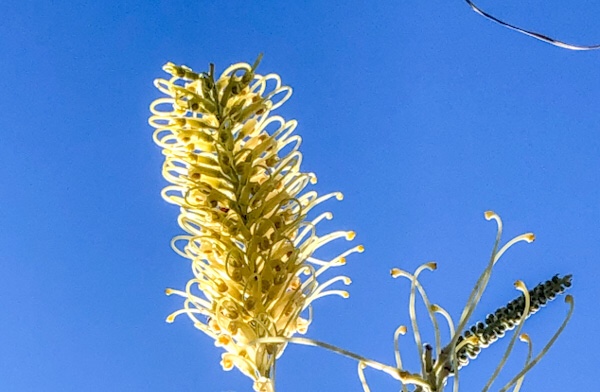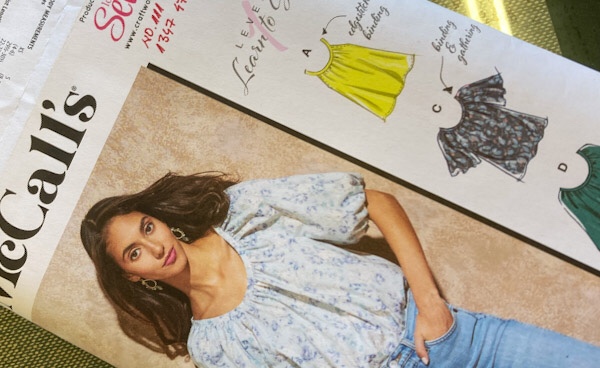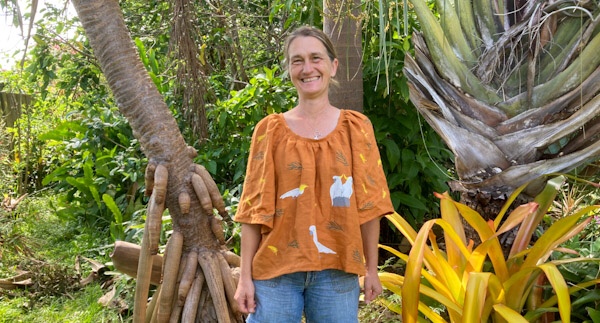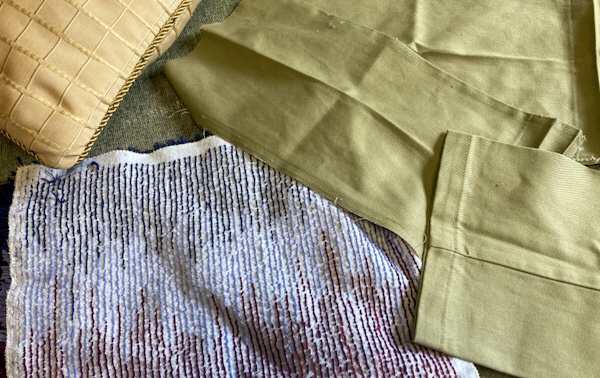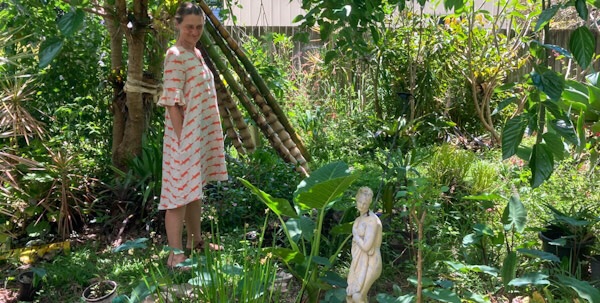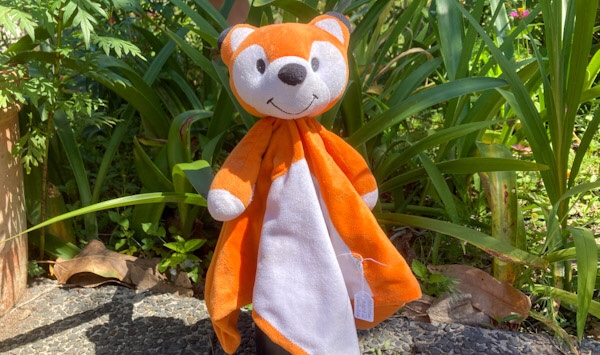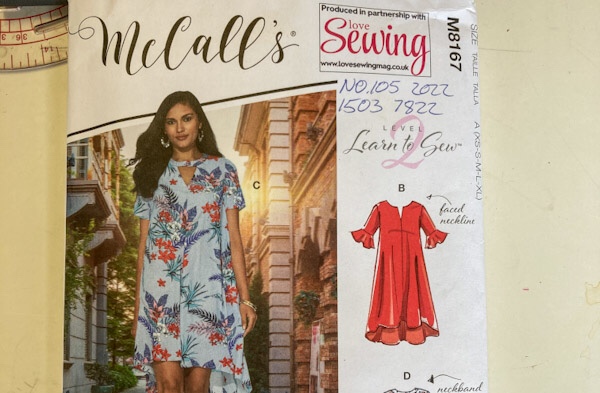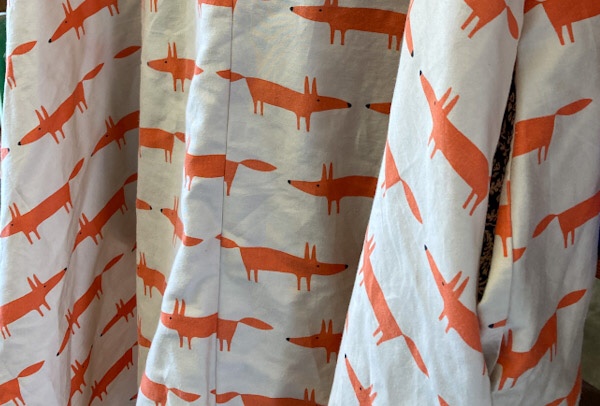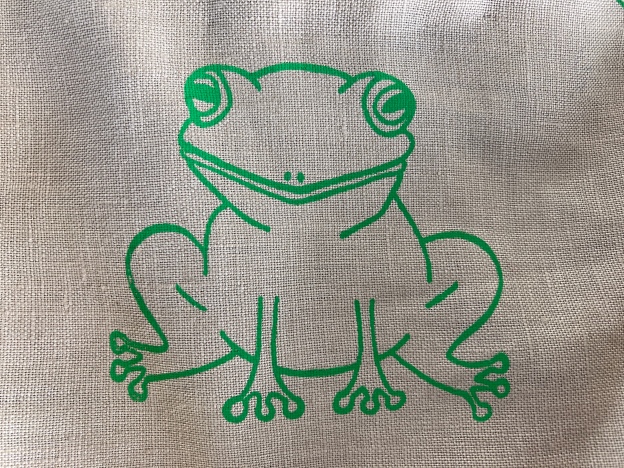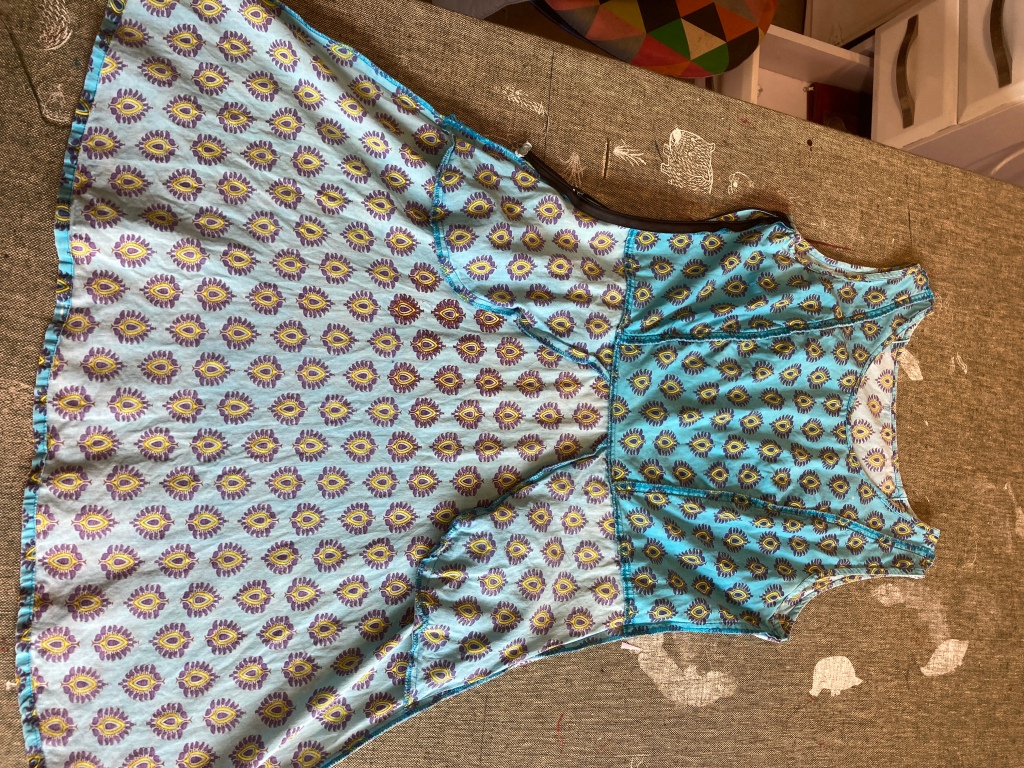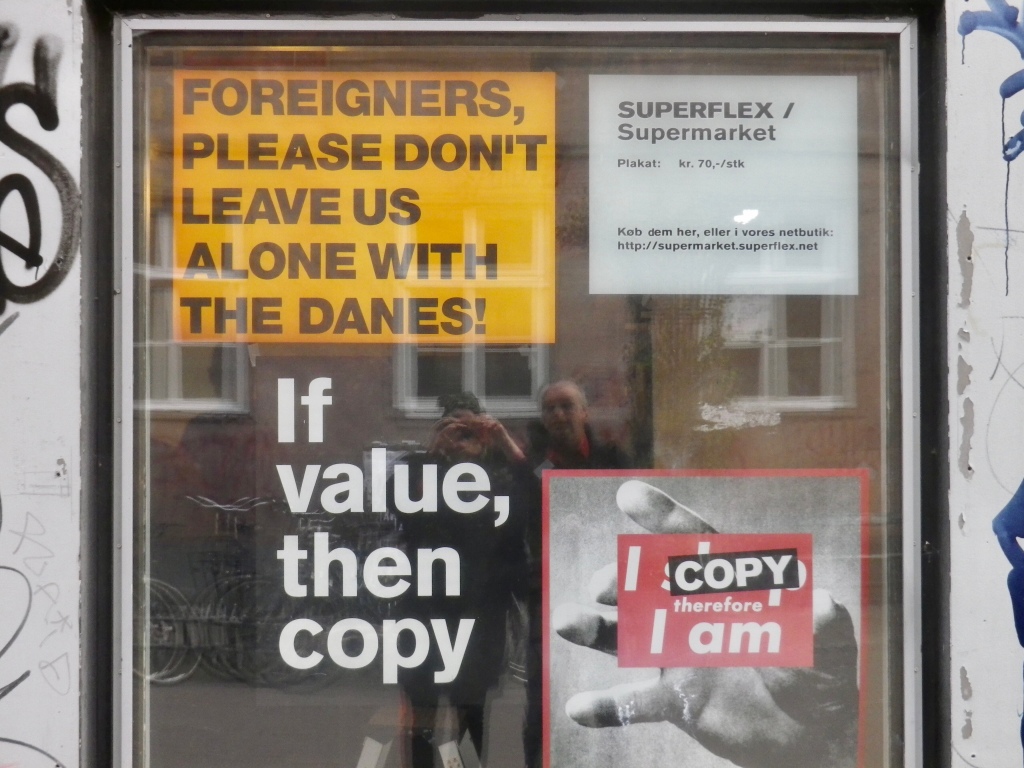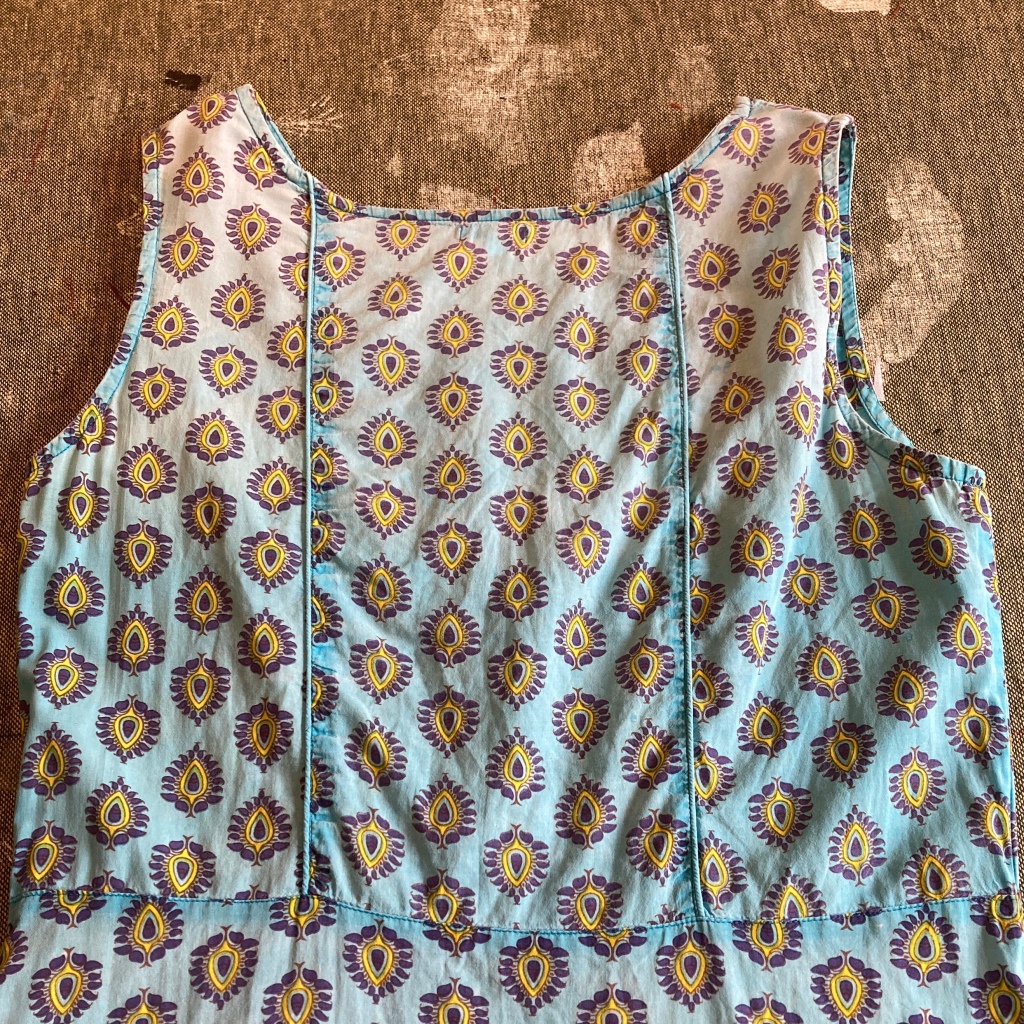In a new, ongoing project, the Institute of Modern Art commissioned three artists under 40 with a Queensland connection, who are yet to have an exhibition in a public gallery. The resulting Platform exhibition shows three very different types of work.
The first room the viewer enters contains Miguel Aquilizan’s sculptural works. I first saw his work in Outer Space in a joint exhibition with Jordan Azcune and Jessica Dorizac, Material Culture in a Material World in 2023, and these works appear like an evolution of strange shapes and motifs that filled Outer Space. Aquilizan uses familiar everyday objects, foraged and found, and constructs assemblages that combine these objects in new constellations.

The found materiality may be held together with plaster, expanding foam, glue, screws and other fixers, and some have a solid form while others seem much more fragile and ephemeral. I like Aquilizan’s philosophy of using found materiality; as artists we too must curb our over-consumption of virgin product and make do with what can be reused and repurposed. The didactic notes that reuse and repurposing of objects is part of daily life in Fiji, from where Aquilizan hails. Is it affluenza that makes Australians treat everything as disposable?

Aquilizan’s works bears witness to consumer items that can be found cast away in our capitalist consumer society, and some of the assemblages appear as thoughtful, slow meditations of this abundance and its consequences, while others seem to evidence a production process that is fast and furious. In light of the installation’s confusing mix, it irritates me a little that there is no didactic published for each of the works – I would like to take time with each work, but the busy-ness of the installation and the seeming enthrophy with which the works are arranged drag me on and on and out too quickly. Are they intended to be seen as a single work? Is is not clear to me.
The next room is a great contrast to this confusion, in that the entire room is tied together by the single artwork, Was Satellite Progressive? Mia Boe is of Butchella and Burmese descent and her work is inspired by Lionel Fogarty’s poem Connoiseur and the work questions how Western scientific and technological knowledge and methodologies overpower traditional ways of knowing, yet are “unsophisticated to our Murri imagined realistic minds.”

Six paintings on the opposite wall to the entry are connected with something that resembles a horizon line, which trails all around the four walls. Each painting show red underground and red earth with one or more characters at the horizon, and the sky above the horizon. The colours of the sky change across the paintings from blue to ‘striped’ with darkness on top and yellow/red hues on the horizon line until the sky is dark in the sixth painting.
The colours of the outback and the figures reminded me of Drysdale’s paintings with his characteristic long-limbed figures in outback settings. Boe’s figures engage is various colonial, perhaps ‘scientific’ pursuits as night falls from left to right. At least there is reconciliation in one of the paintings. With the terribly fraught and divisive campaign of the Voice referendum still so fresh, it is good to be reminded that the fight for acknowledgement and recognition is not at all over. Uluru Statement From the Heart still generously invites Australia to walk with Indigenous peoples to a better future. We white fellas must continue to educate ourselves and suspend our steadfast belief that ours is the one true way only of living and knowing. It is not like we are doing either well in our fast paced, over-consuming and over-producing capitalist society. Perhaps it is time to slow down and listen to the land and the people who have cared for it for millennia?

The final room is dominated by a large structure complete with floor and ceiling and open walls. It is Sarah Poulgrain’s Dreamboat. As I approach the work, I feel confused as to whether the viewer is invited to enter the structure to have a better look at the video works that play on the back wall.

The work is a response to the risk of Wreckers Artspace ARI being lost to gentrification. Wreckers Artspace is both a gallery space and a home for the artist and others. The DIY ark is built in collaboration, designed to float down Brisbane river as part gallery, part home. The structure installed at IMA is the gallery part and the video works are indeed the first installation of work in that gallery, being work by artists Alrey Batol, Charlie Hillhouse and Leen Reith.
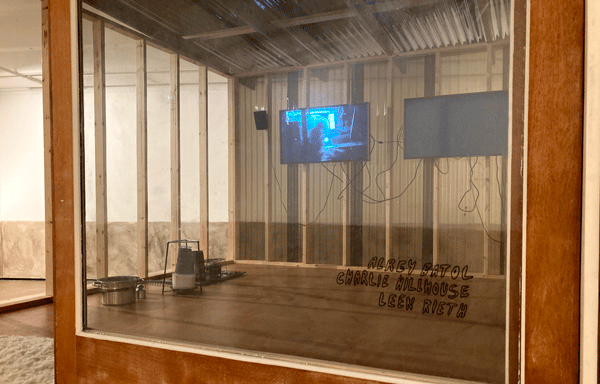
Let us hope it does not come to a point where the Dreamboat is required, though I think it could be pretty cool to have a floating ARI on the River in Brisbane all the same.
And maybe it is this theme that binds the different works together – that the society we have constructed does not serve us well. While we are waiting for the tide to lift all boats, too many people continue to be marginalised and disadvantaged and too few people are benefiting and our planet will not be able to sustain this mode of living. A different model is required. And art has a role to play both in drawing attention to this fact, and also to point to a different vision of the world.
The exhibition continues until 16 June 2024.






